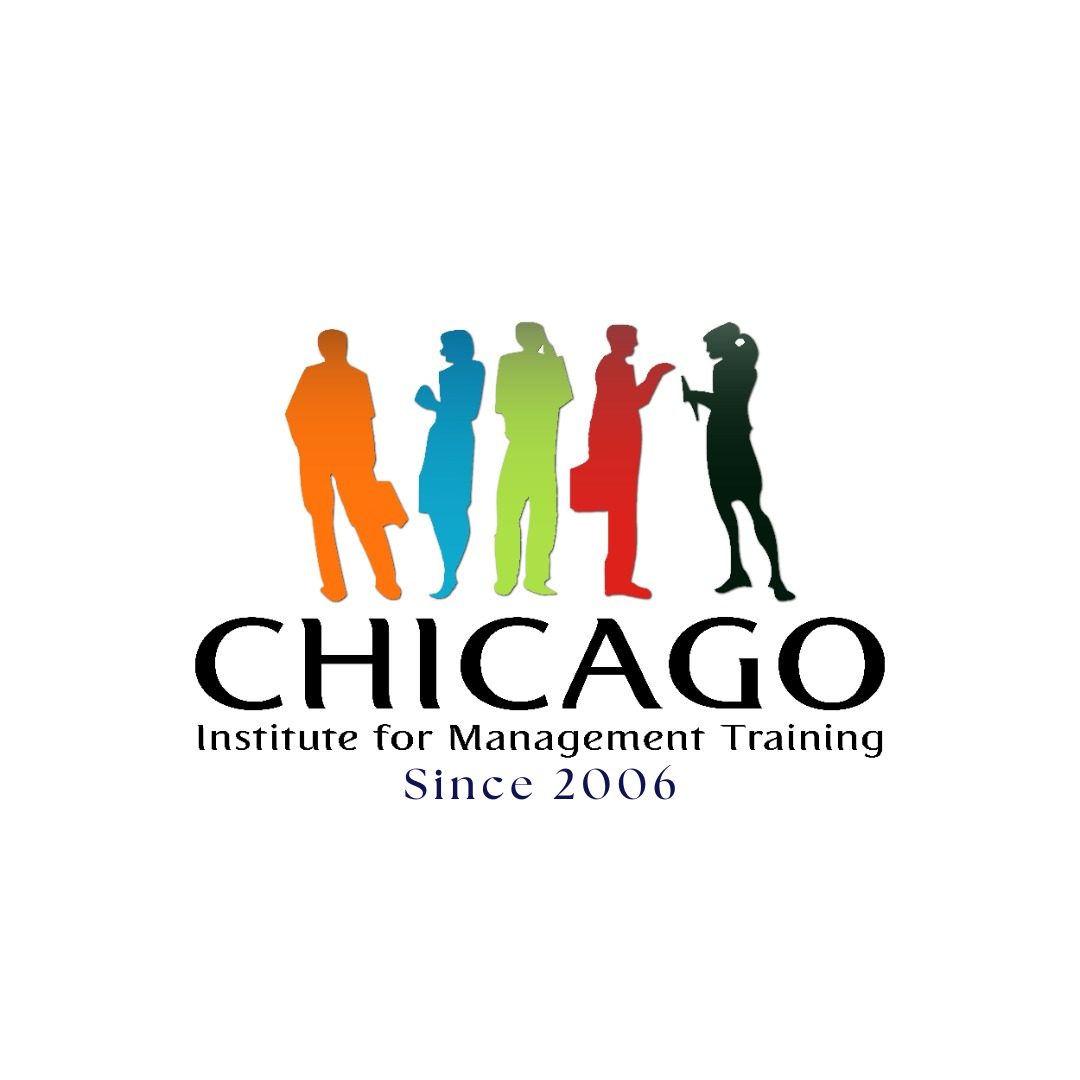- Home
- All Courses
- Healthcare Management
- CPT® Certified Phlebotomy Technician
Curriculum
- 6 Sections
- 18 Lessons
- 40 Hours
Expand all sectionsCollapse all sections
- SAFETY AND COMPLIANCE:3
- 1.1Workplace Safety Standards: Understand and adhere to OSHA guidelines and infection control practices to ensure a safe working environment.
- 1.2Operational Protocols: Follow protocols for handling hazardous materials, using personal protective equipment (PPE), and managing potential exposure incidents.
- 1.3Regulatory Compliance: Ensure compliance with state and federal regulations governing blood collection and laboratory practices.
- PATIENT PREPARATION:3
- 2.1Patient Consent: Obtain informed consent from patients before performing blood collection procedures, including explaining the purpose and potential risks.
- 2.2Patient Identification: Accurately verify patient identity using multiple identifiers (e.g., name, date of birth) to prevent errors in specimen collection and processing.
- 2.3Patient Positioning: Properly position patients to ensure comfort and facilitate successful blood collection, including dealing with patients who are difficult to access.
- ROUTINE BLOOD COLLECTION:3
- 3.1Techniques: Master techniques for venipuncture, including selecting appropriate veins, using tourniquets, and ensuring minimal discomfort.
- 3.2Equipment: Identify and use various blood collection equipment, such as needles, vacutainers, and collection tubes, and understand their specific applications.
- 3.3Venipuncture Procedures: Perform venipuncture with precision, including the proper insertion and withdrawal techniques to minimize complications.
- SPECIAL COLLECTION:3
- 4.1Cultures: Learn procedures for collecting blood cultures to detect infections, including the use of aseptic techniques and appropriate containers.
- 4.2Smears: Perform blood smears for microscopic examination, ensuring proper preparation and staining techniques.
- 4.3Non-Blood Specimens: Collect and handle non-blood specimens such as urine or stool samples, following specific protocols for each type.
- PROCESSING:3
- 5.1Sample Storage: Understand methods for storing blood samples to preserve their integrity, including temperature control and proper container usage.
- 5.2Specimen Integrity: Ensure that specimens are handled and transported in a manner that maintains their quality and accuracy of test results.
- 5.3Result Distribution: Learn how to accurately label and distribute samples to the appropriate laboratory departments for analysis.
- GENERAL KNOWLEDGE:3
- 6.1Medical Terminology: Familiarize yourself with key medical terms related to blood collection, anatomy, and laboratory procedures.
- 6.2Blood Components: Understand the different components of blood (e.g., red blood cells, white blood cells, platelets) and their significance in various tests.
- 6.3Documentation Practices: Accurately document blood collection procedures, patient information, and any relevant observations to ensure proper record-keeping and compliance.
Regulatory Compliance: Ensure compliance with state and federal regulations governing blood collection and laboratory practices.
Prev
Patient Identification: Accurately verify patient identity using multiple identifiers (e.g., name, date of birth) to prevent errors in specimen collection and processing.
Next
